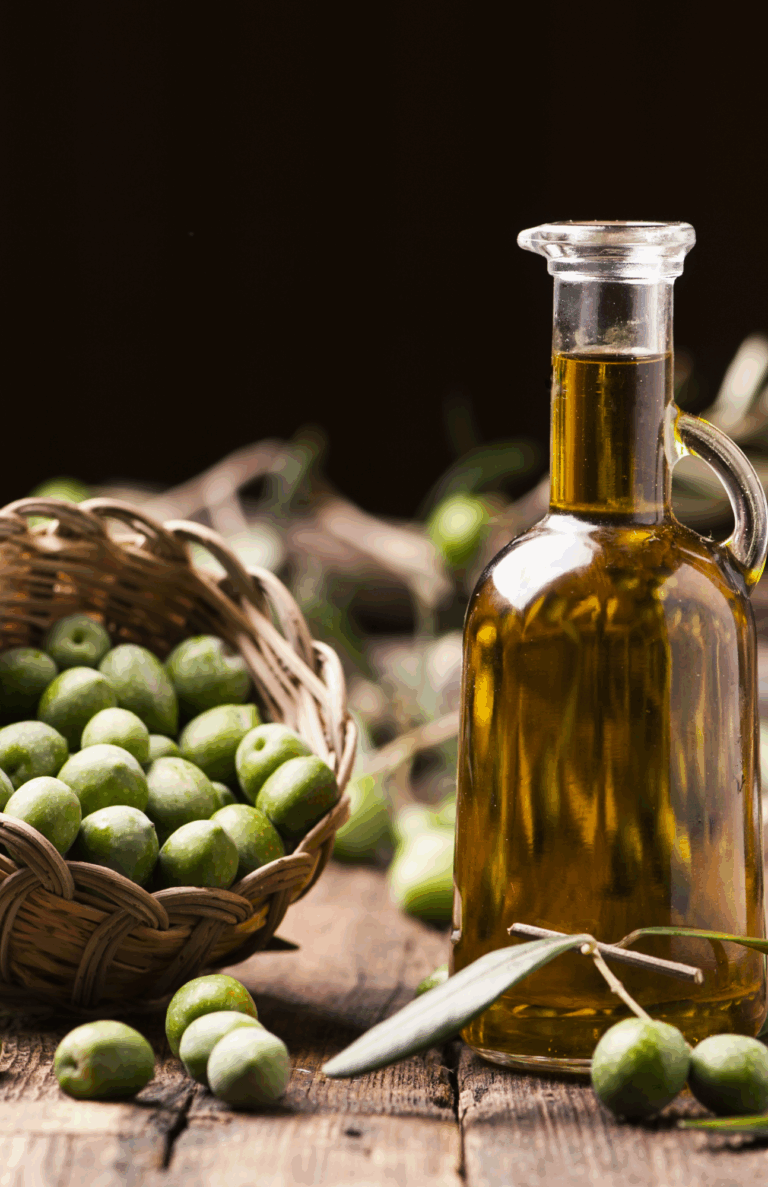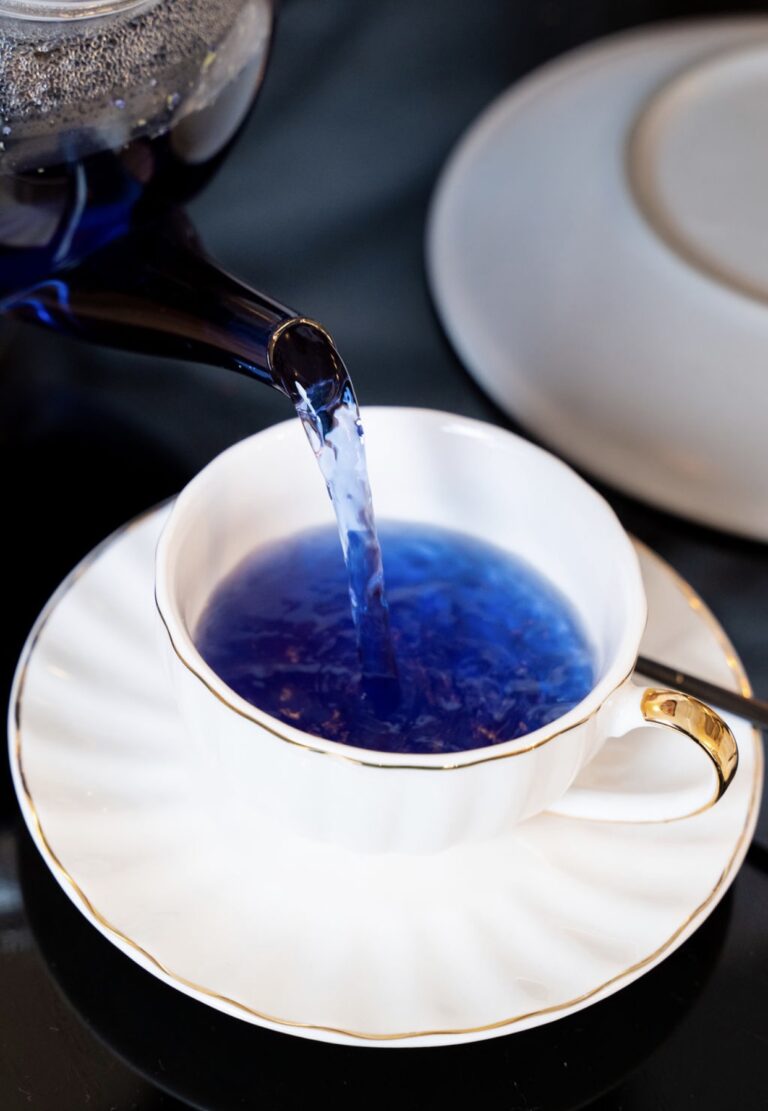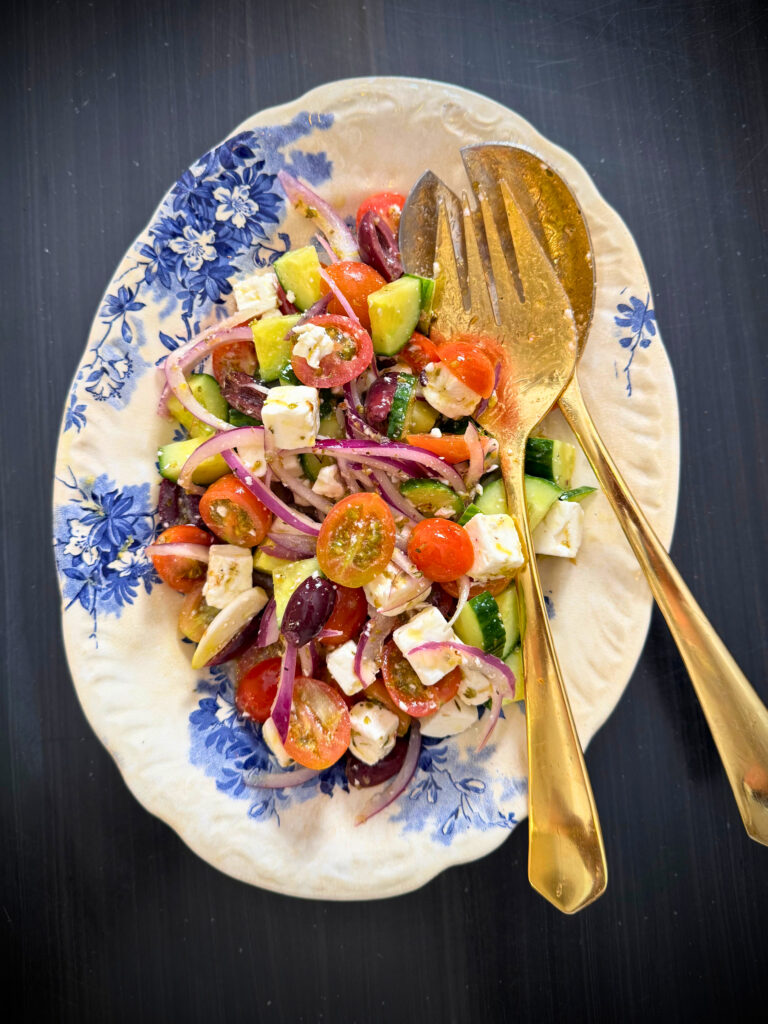The Health Benefits Of Eating The Rainbow
Discover how the vibrant colors on your plate do more than just please the eye — they provide essential nutrients that strengthen, protect, and energize your body.When it comes to healthy eating, the advice to “eat the rainbow” is simple but powerful.
A colorful plate is more than just visually appealing — it’s a sign that you’re getting a wide range of vitamins, minerals, antioxidants, and other beneficial compounds. Here’s why choosing a variety of colorful fruits and vegetables is one of the best things you can do for your health.
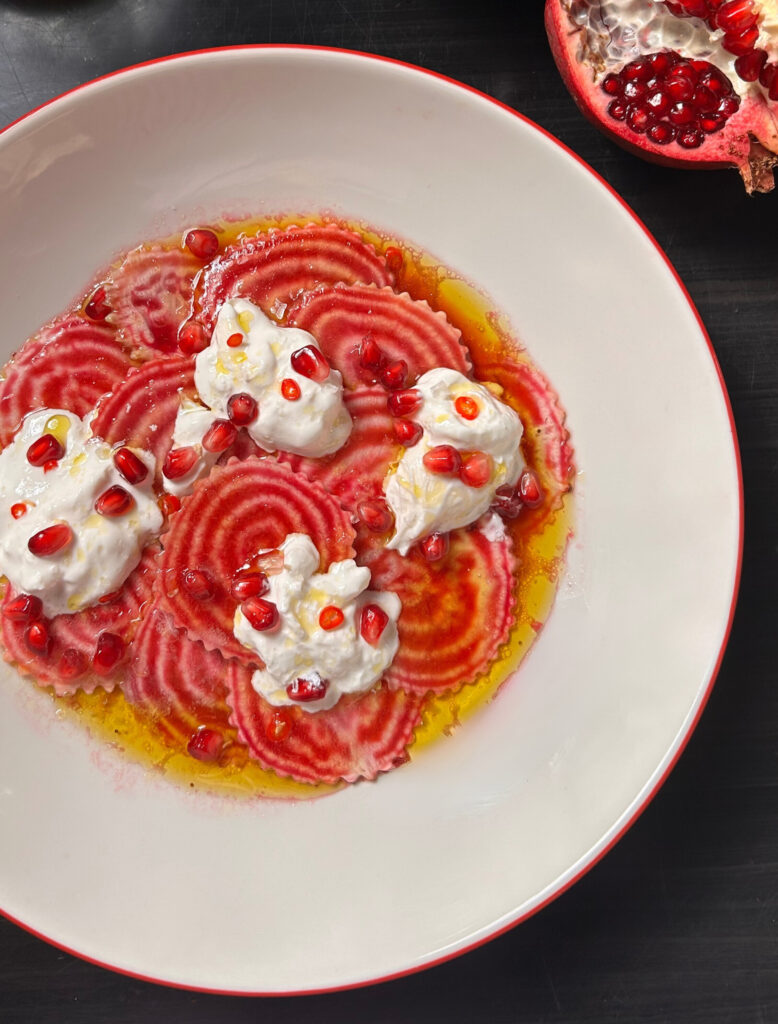


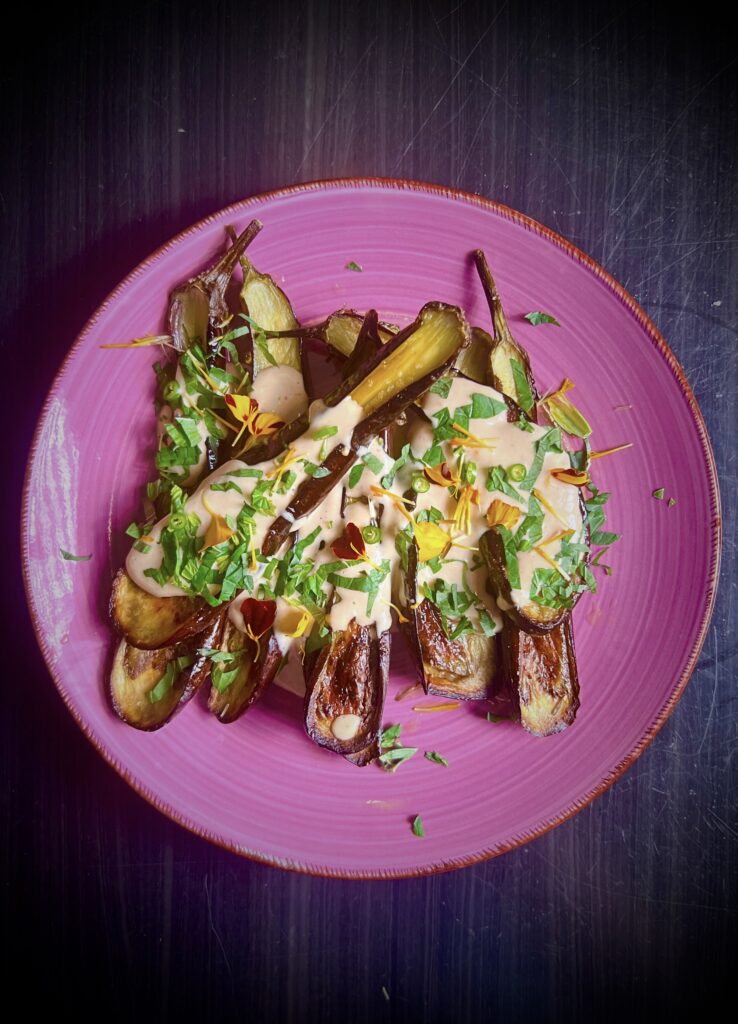
Each Color Brings Unique Benefits
- Red foods (tomatoes, strawberries, red peppers, beets) are rich in lycopene, vitamin C, and other antioxidants that help reduce inflammation, support heart health, and promote healthy blood flow.
- Tomatoes recipe to try: Tomato Galette
- Beets recipes to try: Candy Cane Beet Carppacio , Beet & Blood Orange Salad
- Orange and yellow foods (carrots, sweet potatoes, oranges, peaches, persimmon) are packed with beta-carotene, which the body converts into vitamin A for strong vision, glowing skin, and a resilient immune system.
- Carrots recipe to try as they are perfect root vegetables for: A Date Night Roast Chicken
- Sweet potatoes recipe to try: Wholesome Salad Bowl
- Persimmon recipe to try: Persimmon Salad
- Green foods (spinach, peas, broccoli, asparagus, kale) deliver chlorophyll, fiber, folate, and vitamins K and C, essential for maintaining strong bones, a healthy heart, and good digestion.
- Spinach and peas recipe to try: Spring Rainbow Salad
- Kale recipe to try: Wholewheat Spaghetti With Kale And Tomatoes , Kale & Bean Salad With A Thai Twist
- White foods (cauliflower, fennel, turnip, garlic, onions) provide potassium, fiber, and anti-inflammatory compounds that promote heart health, strengthen the immune system, and aid in detoxification.
- Fennel recipe to try: Honey Roasted Baby Fennel With Meyer Lemon, Honey, And Mustard Vinaigrette
- Turnip recipe to try: Miso Sautéed Turnips (Roots + Greens)
- Blue and purple foods (blueberries, eggplant, blackberries) are loaded with anthocyanins, natural compounds that support brain health, improve memory, and fight oxidative stress.
- Eggplant recipe to try: Roasted Eggplant With Laab Spiced Tahini And Yogurt Sauce Sautéed Eggplants And Shrimp With Thai Basil
- Blueberries recipe to try: Yogurt Chocolate Mousse Tart With Fresh Blueberries
- Blue Butterfly Pea Flower to try: Blue Jasmine Rice
Variety Matters
Each group of colors brings different strengths. Limiting yourself to just one or two types of vegetables means missing out on the broader spectrum of nutrients your body needs. Eating a variety ensures that you receive a complete range of health-boosting compounds every day.
Food That Feeds Your Mood
Colorful meals are naturally more exciting, more satisfying, and more nourishing for the soul as well as the body.
A vibrant plate can turn an ordinary meal into a joyful experience, helping to make healthy eating feel abundant and pleasurable rather than restrictive.
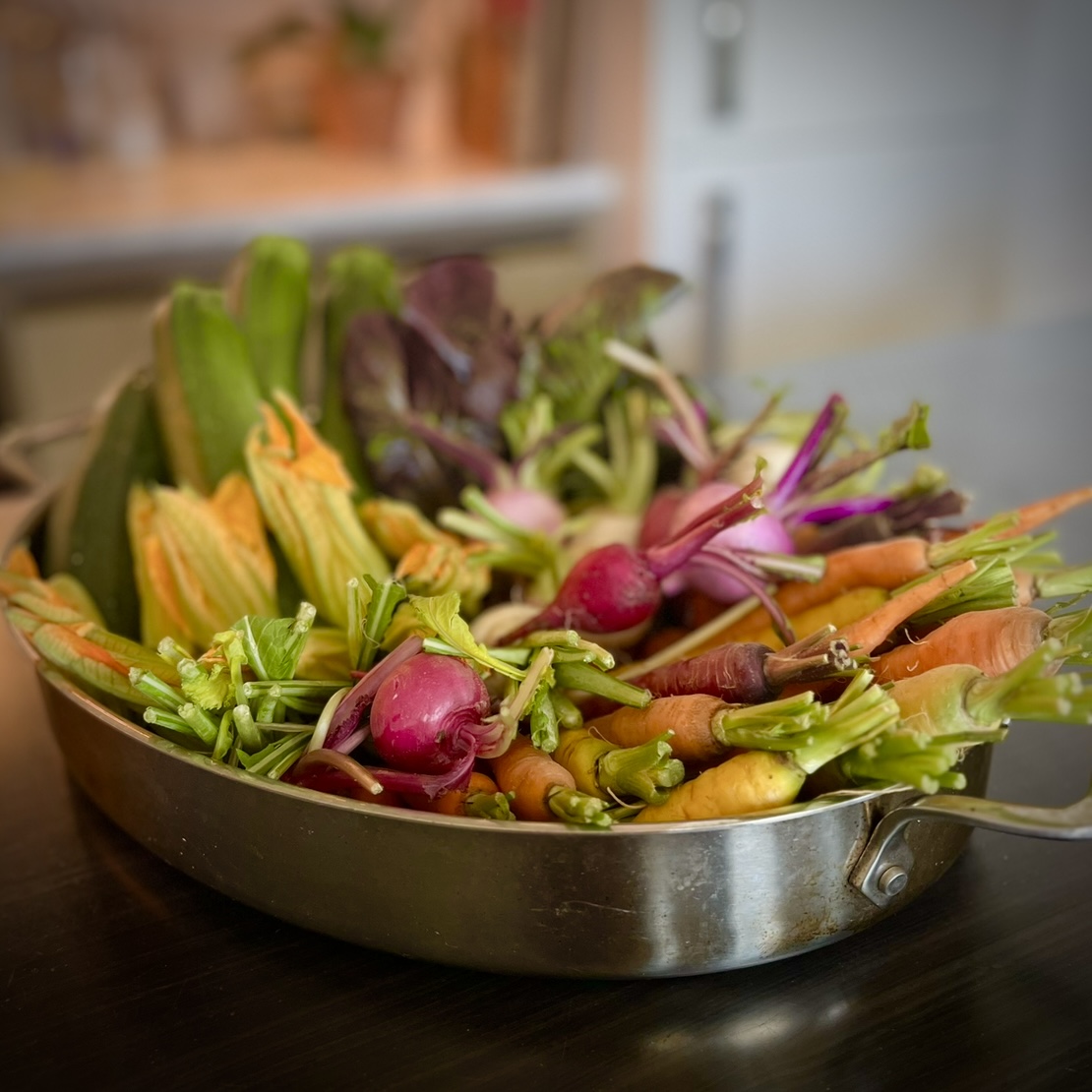
Simple Ways to Add More Color
- Add fresh berries to your breakfast or snacks.
- Build salads with mixed greens, radishes, peas, and seasonal vegetables.
- Roast trays of colorful vegetables like beets, carrots, and sweet potatoes.
- Garnish dishes with fresh herbs or edible flowers for a natural, beautiful touch.
A Natural Starting Point
Eating the rainbow is a simple and lasting strategy for better health. By filling your plate with seasonal, colorful produce — especially during spring when markets are bursting with fresh greens, peas, radishes, and edible flowers — you nourish your body with the full range of nutrients it needs to thrive.
Choose color. Choose vitality.


